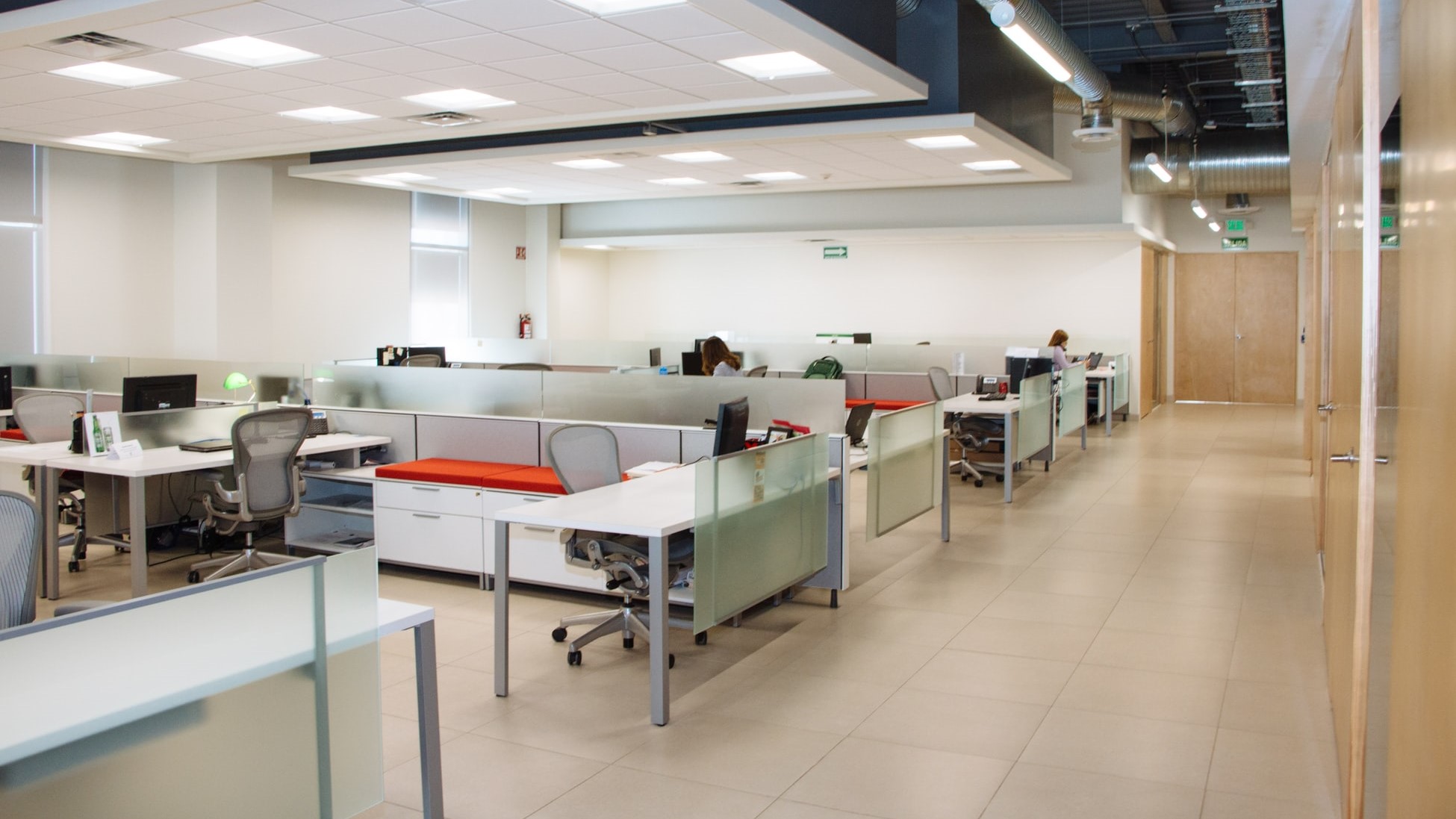Newsletter
As we continue living the new normal of the COVID-19 pandemic, workplace health and safety are top priorities for employers and employees worldwide. COVID-19 has exposed some of the dangers of our modern buildings; among these dangers are poor indoor air quality and sick building syndrome, which undoubtedly share a connection.
If you're exploring ways to enhance your workplace experience through improved indoor air quality, you'll want to read our FREE comprehensive guide on IAQ for healthy workplaces. Learn how IAQ data can be leveraged to elevate workplace performance, alleviate employee concerns, and drive better business outcomes.
What Is Sick Building Syndrome?
Sick building syndrome (SBS) describes an array of health effects and symptoms linked to time spent in buildings, without any specific diagnosis or causes. Symptoms from SBS can originate from short-term exposure or long-term exposure.
What Causes Sick Building Syndrome?
As the definition above implies, sick building syndrome has no strict cause but rather a set of risk factors that can contribute to symptoms. We’re going to breakdown these risk factors below:
- Chemical contaminants: Chemical contaminants, including volatile organic compounds (VOCs), radon, formaldehyde, dust, and asbestos, can contribute to building-related symptoms and cases of sick building syndrome.
- Biological contaminants: Pollen, bacteria, viruses, fungus, and mold can cause fever, chest tightness, and allergic reactions, all of which can be attributed to sick building syndrome.
- Inadequate ventilation: Without proper levels of ventilation, indoor air pollutants can accumulate and negatively impact the comfort and safety of building occupants.
- Psychological factors: Individual psychological factors, including high stress levels and poor communication, can also contribute to sick building syndrome cases.
- Other environmental factors: Some other environmental risk factors for SBS include: ergonomics, acoustics, lighting, and humidity.
Indoor Air Quality: A Crucial SBS Risk Factor
Indoor air quality, perhaps unsurprisingly, has a strong connection to sick building syndrome and is a crucial component of three of the risk factors we described above: chemical contaminants, biological contaminants, and inadequate ventilation.
The first two risk factors, chemical and biological contaminants, have a self-explanatory relationship with indoor air quality. Volatile organic compounds, radon, formaldehyde, and particulate matter are all considered to be major indoor air pollutants, and airborne microbes likewise negatively impact indoor air quality. As indoor air quality worsens with the introduction of contaminants, building occupants can develop symptoms of sick building syndrome, including eye, nose, and throat irritation, slow cognition, headaches, chest tightness, and others.

The third factor, inadequate ventilation, instigates sick building syndrome because of its impact on indoor air quality. Low ventilation rates can allow indoor air pollutants, namely VOCs and carbon dioxide, to build up and negatively impact building occupants. Without proper ventilation, employees may feel that the air is stuffy or their head feels foggy, which are the results of contaminated indoor air.
Overall, because of the consequences of contaminants and poor ventilation, indoor air quality shares a strong relationship with sick building syndrome. If indoor air quality improvements are made, sick building syndrome cases should drop as a result.
IAQ Tips for Reducing the Risk of SBS
Since we know poor indoor air quality contributes to sick building syndrome, what can we do about it?
- Source controlEliminating sources of indoor air pollution, including opting for low-emitting building materials and safer cleaning and disinfecting products, will go a long way in improving indoor air quality.
- Optimize ventilation ratesAs we mentioned above, poorly ventilated spaces can lead to unhealthy, uncomfortable pollutant buildups. Optimizing ventilation rates for occupant health will help reduce the threat of SBS.
- Invest in indoor air quality monitoringThe benefits of indoor air quality monitoring system in the context of SBS is three-fold; IAQ monitoring can help you identify sources of indoor air pollution, optimize ventilation rates without compromising efficiency, and ensure that your air quality remains safe and healthy at all times.






.png?width=200&height=148&name=Menu%20C%20(2).png)

.png?width=307&height=228&name=Menu%20-%20D%20(1).png)
.png)





